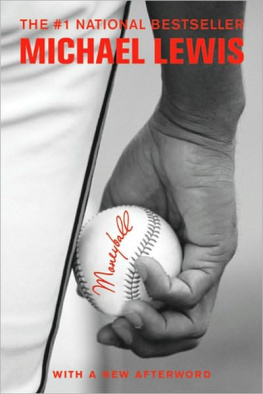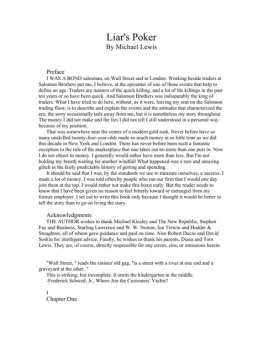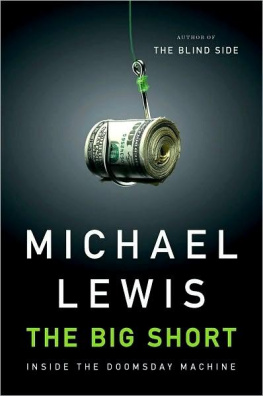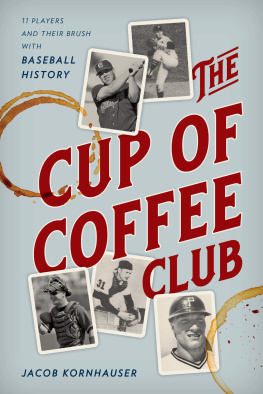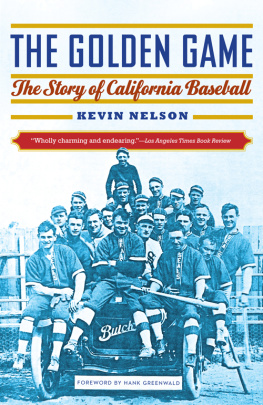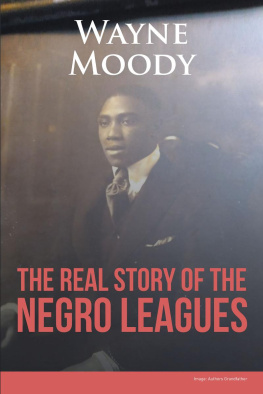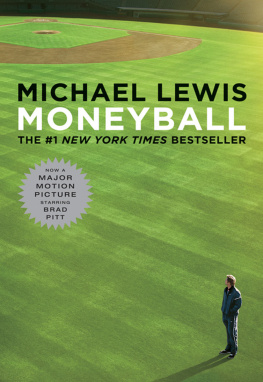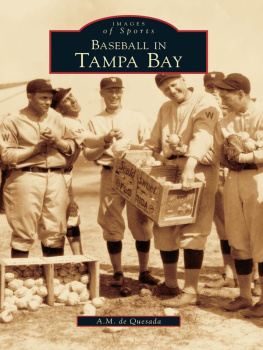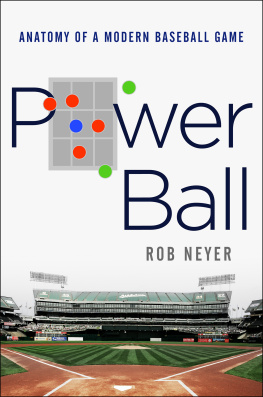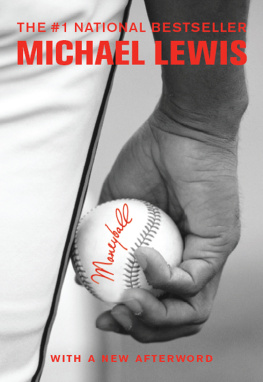Preface
I wrote this book because I fell in love with astory. The story concerned a small group of undervalued professionalbaseball players and executives, many of whom had been rejected as unfitfor the big leagues, who had turned themselves into one of the mostsuccessful franchises in Major League Baseball. But the idea for thebook came well before I had good reason to write itbefore I had astory to fall in love with. It began, really, with an innocent question:how did one of the poorest teams in baseball, the Oakland Athletics,win so many games?
For more than a decade the people who run professional baseballhave argued that the game was ceasing to be an athletic competition andbecoming a financial one. The gap between rich and poor in baseball wasfar greater than in any other professional sport, and widening rapidly. Atthe opening of the 2002 season, the richest team, the New York Yankees,had a payroll of $126 million while the two poorest teams, the Oakland A'sand the Tampa Bay Devil Rays, had payrolls of less than a third of that,about $40 million. A decade before, the highest payroll team, the NewYork Mets, had spent about $44 million on baseball players and the lowestpayroll team, the Cleveland Indians, a bit more than $8 million. Theraw disparities meant that only the rich teams could afford the bestplayers. A poor team could afford only the maimed and the inept, andwas almost certain to fail. Or so argued the people who ran baseball.
And I was inclined to concede the point. The people with the mostmoney often win. But when you looked at what actually had happened overthe past few years, you had to wonder. The bottom of each divisionwas littered with teamsthe Rangers, the Orioles, the Dodgers,the Metsthat had spent huge sums and failed spectacularly. Onthe other end of the spectrum was Oakland. For the past several years,working with either the lowest or next to lowest payroll in the game,the Oakland A's had won more regular season games than any other team,except the Atlanta Braves. They'd been to the play-offs three yearsin a row and in the previous two taken the richest team in baseball,the Yankees, to within a few outs of elimination. How on earth had theydone that? The Yankees, after all, were the most egregious example offinancial determinism. The Yankees understood what New York understood,that there was no shame in buying success, and maybe because of their lackof shame they did what they did better than anyone in the business.
As early as 1999, Major League Baseball Commissioner Allan H. ("Bud")Selig had taken to calling the Oakland A's success "an aberration,"but that was less an explanation than an excuse not to grapple with thequestion: how'd they do it? What was their secret? How did the secondpoorest team in baseball, opposing ever greater mountains of cash, standeven the faintest chance of success, much less the ability to win moreregular season games than all but one of the other twenty-nine teams? Forthat matter, what was it about baseball success that resisted so many richmen's attempt to buy it? These were the questions that first interestedme, and this book seeks to answer.
That answer begins with an obvious point: in professional baseballit still matters less how much money you have than how well you spendit. When I first stumbled into the Oakland front office, they werecoming off a season in which they had spent $34 million and won anastonishing 102 games; the year before that, 2000, they'd spent $26million and won 91 games, and their division. A leading independentauthority on baseball finance, a Manhattan lawyer named Doug Pappas,pointed out a quantifiable distinction between Oakland and the rest ofbaseball. The least you could spend on a twenty-five-man team was $5million, plus another $2 million more for players on the disabled listand the remainder of the forty-man roster. The huge role of luck in anybaseball game, and the relatively small difference in ability betweenmost major leaguers and the rookies who might work for the minimum wage,meant that the fewest games a minimum-wage baseball team would win duringa 162-game season is something like 49. The Pappas measure of financialefficiency was: how many dollars over the minimum $7 million does eachteam pay for each win over its forty-ninth? How many marginal dollarsdoes a team spend for each marginal win?
Over the past three years the Oakland A's had paid about half a milliondollars per win. The only other team in six figures was the MinnesotaTwins, at $675,000 per win. The most profligate rich franchisestheBaltimore Orioles, for instance, or the Texas Rangerspaid nearly$3 million for each win, or more than six times what Oakland paid. Oaklandseemed to be playing a different game than everyone else. In any ordinaryindustry the Oakland A's would have long since acquired most otherbaseball teams, and built an empire. But this was baseball, so they couldonly embarrass other, richer teams on the field, and leave it at that.
At the bottom of the Oakland experiment was a willingness to rethinkbaseball: how it is managed, how it is played, who is best suited toplay it, and why. Understanding that he would never have a Yankee-sizedcheckbook, the Oakland A's general manager, Billy Beane, had set aboutlooking for inefficiencies in the game. Looking for, in essence,new baseball knowledge. In what amounted to a systematic scientificinvestigation of their sport, the Oakland front office had reexaminedeverything from the market price of foot speed to the inherent differencebetween the average major league player and the superior Triple-Aone. That's how they found their bargains. Many of the players draftedor acquired by the Oakland A's had been the victims of an unthinkingprejudice rooted in baseball's traditions. The research and developmentdepartment in the Oakland front office liberated them from this prejudice,and allowed them to demonstrate their true worth. A baseball team, of allthings, was at the center of a story about the possibilitiesandthe limitsof reason in human affairs. Baseballof allthingswas an example of how an unscientific culture responds,or fails to respond, to the scientific method.
As I say, I fell in love with a story. The story is about professionalbaseball and the people who play it. At its center is a man whose life wasturned upside down by professional baseball, and who, miraculously, founda way to return the favor. In an effort to learn more about that man, andthe revolution he was inspiring, I spent a few days with J. P. Ricciardi,the general manager of the Toronto Blue Jays. Ricciardi had workedwith Billy Beane in Oakland, and was now having a ball tearing down andrebuilding his new team along the same radical lines as the Oakland A's.Ridiculed at first, Ricciardi had, by the time I met him, earned therespect of even the crustiest of the old baseball writers. By the endof the 2002 season, the big fear in Toronto was that he would bolt townfor the job that had been offered to him to run the Boston Red Sox,who now said that they, too, wished to reinvent their organization inthe image of the Oakland A's.
It was at a Red Sox game that I tried to tempt Ricciardi into aself-serving conversation. Months before he had said to me, and withsome insistence, that there was a truly astonishing discrepancy betweenBilly Beane and every other general manager in the game. He'd raisedone hand as high as he could and lowered the other as low as he couldand said, "Billy is up here and everyone else is down here." Now, aswe sat watching the Boston Red Sox lose to his brand-new Blue Jays,I asked Ricciardi if he was willing to entertain the possibility thathe was as good at this strange business of running a baseball team asthe man he'd left behind in Oakland. He just laughed at me. There wasno question that Billy was the best in the game. The question was why.

